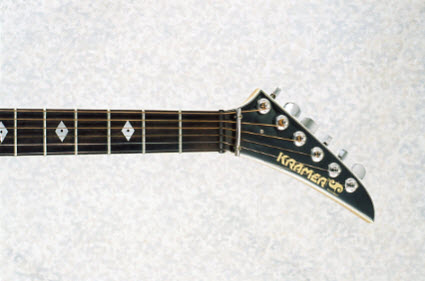
Approximately 242.91Â☑5.50 mg/g EFBF of xylose and 320.49Â☒8.31 mg/g EFBF of glucose were produced by the action of enzyme Cellic Ctec 2. The results of enzymatic hydrolysis showed that sugar yield from EFBF soaked in 12.50% aqueous ammonia at 50Â☌ was the highest. Soaking in aqueous ammonia was conducted at 30Â☌ and 50Â☌ for 24 hours. Further study on soaked treatment of EFBF was carried out by increasing the ammonia concentration to 12.50%. The results showed that soaked treatment was more effective than reflux system. The effectiveness of 6.25% aqueous ammonia treatment in improving enzymatic digestibility of EFBF was initially studied in reflux system and by soaking. The surface morphological changes of the fiber after aqueous ammonia treatment was linked to the sugars yield by enzymatic hydrolysis. This study was conducted to investigate the effects of aqueous ammonia reflux and soaked treatment on the fiber's surface morphology and enzymatic digestibility of empty fruit bunch fiber (EFBF). A layer consisting of calcium carbonate sediments, which protects the internals of a fiber from the strong alkali solution formed in the cement hydration process, was formed and filled in pits and cavities on the Na2CO3 treated sisal fiber's surface to improve their corrosion resistance and durability and reduced the detrimental effects of Na+ ions on concrete.Įffects of aqueous ammonia treatment on fiber's surface morphology and enzymatic digestibility of empty fruit bunch fiber (EFBF) The thermal treatment achieved improvement of cellulose's crystallization, which ensured the initial strength and improved durability of sisal fiber. The mechanisms of these two treatment methods were also analyzed. Thermal treatment and Na2CO3 surface treatment were shown to improve the durability of the composite as measured by splitting tensile strength by 36.5% and 46.2% and the compressive strength by 31.1% and 45.4%, respectively. Of primary interest were the effects on compressive and splitting tensile strength of sisal fiber-reinforced concrete. The microstructure, tensile strength and Young's modulus of sisal fiber as well as the weight loss of the composite were evaluated. Concrete specimens were subjected to cycles of wetting and drying to accelerate aging. This paper describes two such methods (thermal and Na2CO3 treatment) and evaluates their effects on the degradation resistance of sisal fiber and durability of sisal fiber-reinforced concrete with recycled concrete aggregate.


Since natural fibers are known to undergo potential deterioration in the alkaline cement matrix especially in outdoor erosive environment, they need to be treated to improve their durability.

Improving degradation resistance of sisal fiber in concrete through fiber surface treatmentĪs part of an ongoing effort to improve the sustainability of reinforced concrete, recycled concrete aggregate is being considered together with natural fibers such as sisal fiber as replacement of synthetic reinforcement.


 0 kommentar(er)
0 kommentar(er)
